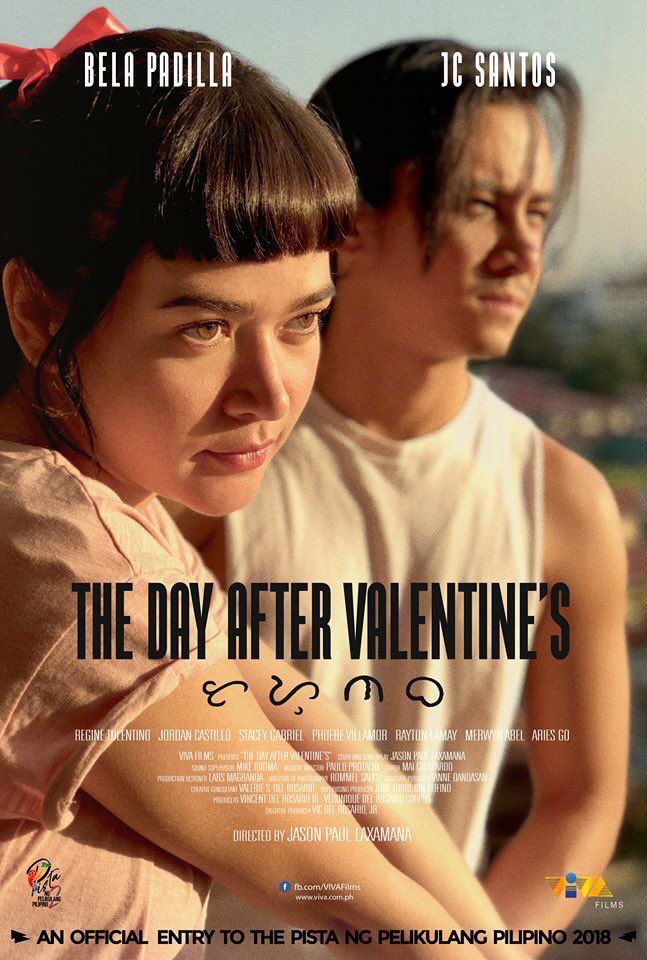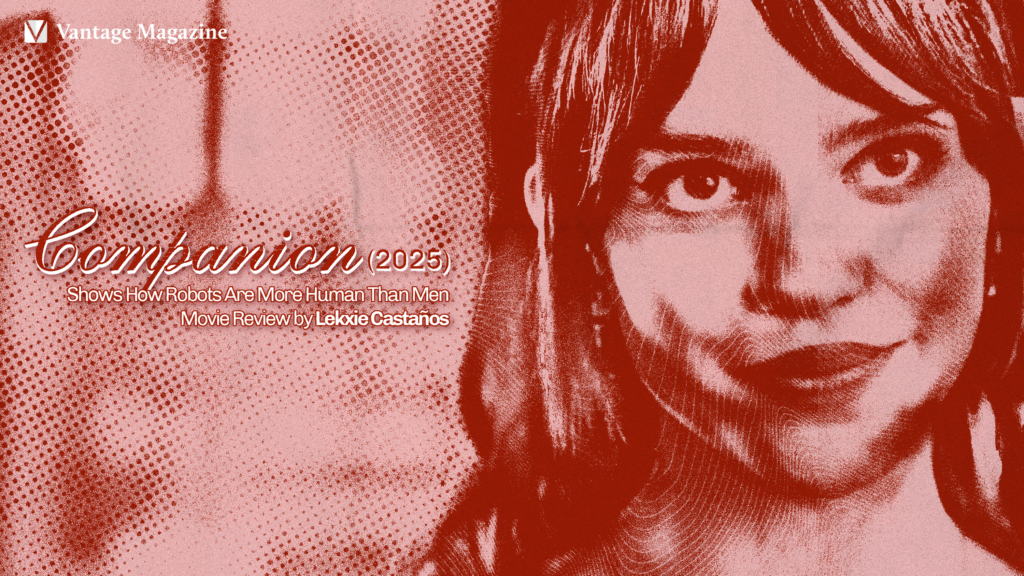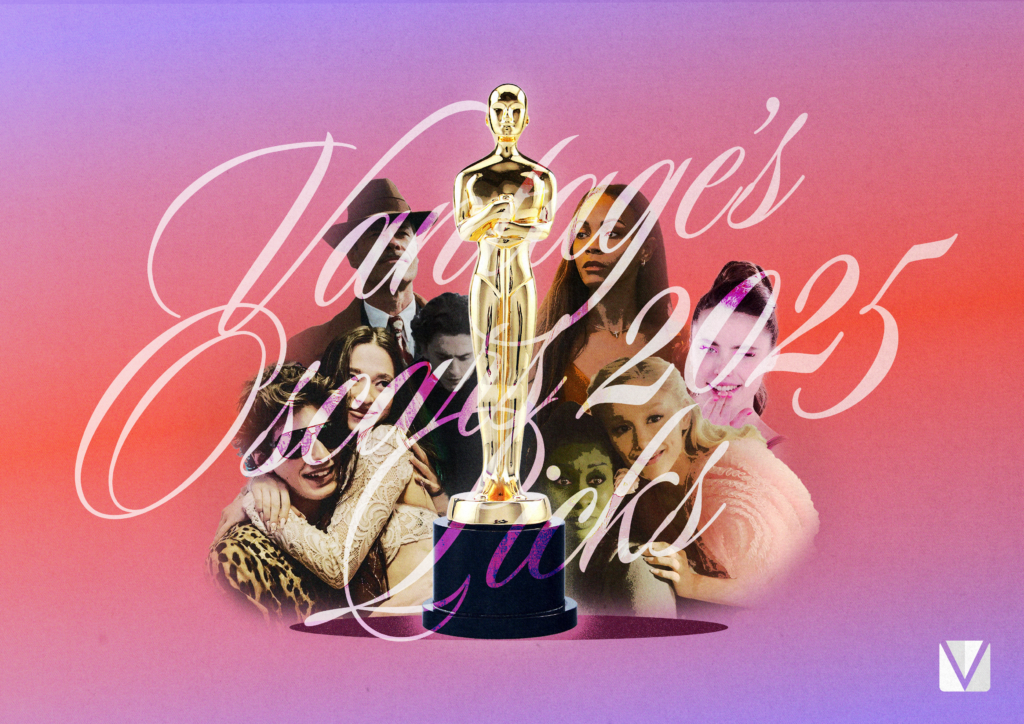
Bela Padilla and JC Santos reunite with director Jason Paul Laxamana for another tale of romance and heartbreak in The Day After Valentine’s. This marks the pair’s second project together, coming out just a year after Laxamana’s box-office hit 100 Tula Para Kay Stella (2017).
In the film, polar opposites Lani (Padilla) and Kai (Santos) meet by chance and form an unlikely friendship. Kai, who has a strained relationship with his parents and is struggling to move on from a past love, finds solace in Lani, a capable, steadfast, and independent woman. The two get on well despite their differences and develop a strong bond rooted in their acceptance of the other’s shortcomings.
The story revolves more on Kai’s heartbreak and his weak will. Oftentimes, we see him regressing mentally and resorting to self-harm to alleviate his problems. After he befriends Lani, she becomes his savior of sorts as she pushes him to move past his bad habits to start anew.
The relationship between the two was a slow buildup of a hesitant love, which helped keep audiences interested and pining for more. Kilig scenes filled the theater with delighted screams, and undoubtedly made viewers root for the couple’s happy ending. Comedic dialogue from the two also kept scenes fresh and natural, as if the actors were just casually talking.
Both Padilla and Santos put on exceptional performances in playing their roles. Padilla shows her ability to portray multiple facets of a character. She paints Lani as someone who is both strong yet vulnerable; a girl who is determined to “fix” a friend, but needs fixing herself. Padilla is able to balance these two conflicting personalities to near perfection, while Santos excels in playing her counterpart. His depiction of Kai as a broken man who gradually improves over time is believable and near heart-wrenching.
However, the actors’ strong performances could not make up for The Day After Valentine’s lacklustre storyline and shoddy editing. The story didn’t contain anything new, and relied too much on the concept of “fixing” another person. Factor in the characters’ unexplained use of Baybayin in their little notes for each other and the somewhat underwhelming ending, and you get a film that falls short of the hype.
The cinematography and visuals were also oddly inconsistent; some shots looked as if they were done professionally, while others seemed almost equivalent to phone filming. Ill-timed cuts and misplaced shots often disrupted the scene’s tone and vibe. Sequences that jump back-and-forth between happy and somber moments without justification further complicated the plot rather than stitched it together.
All in all, the plot of The Day After Valentine’s is nothing exceptional. It wasn’t particularly bad, but it was also far from amazing—moviegoers won’t really have much to remember after leaving the theater. For all its ordinariness, it may still be able to offer some sort of comfort to broken-hearted audience members, who can take a lesson or two from Lani and Kai, and two-hour entertainment for the rest.
Photo retrieved from the Pista ng Pelikulang Pilipino Facebook page.





